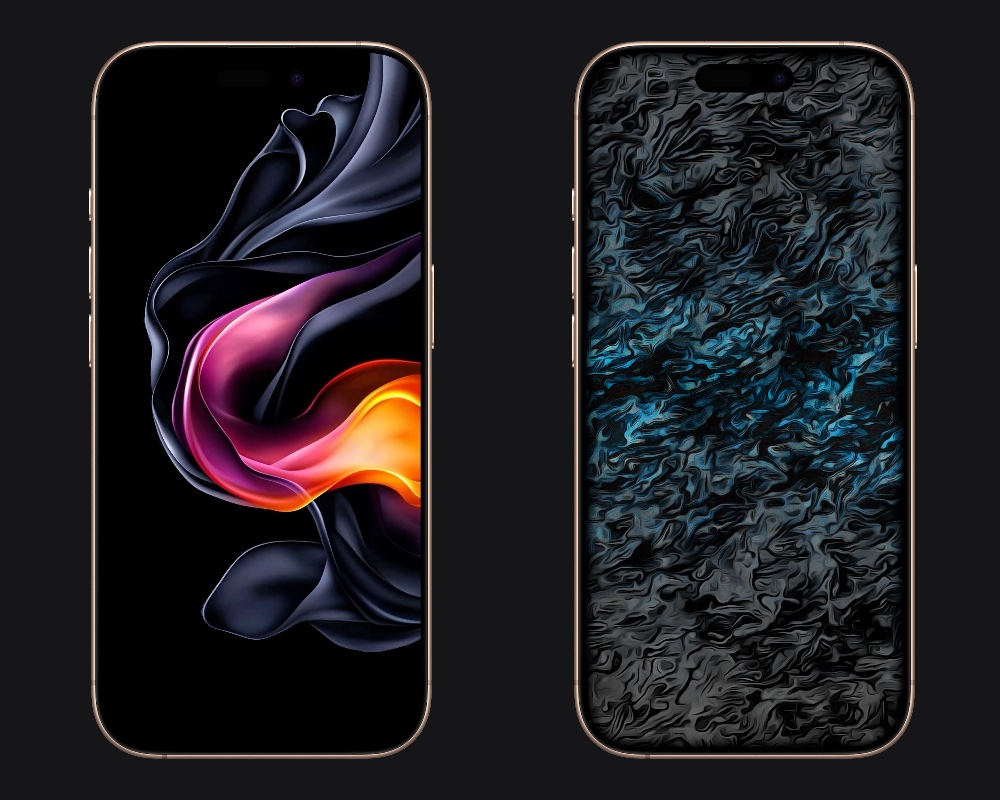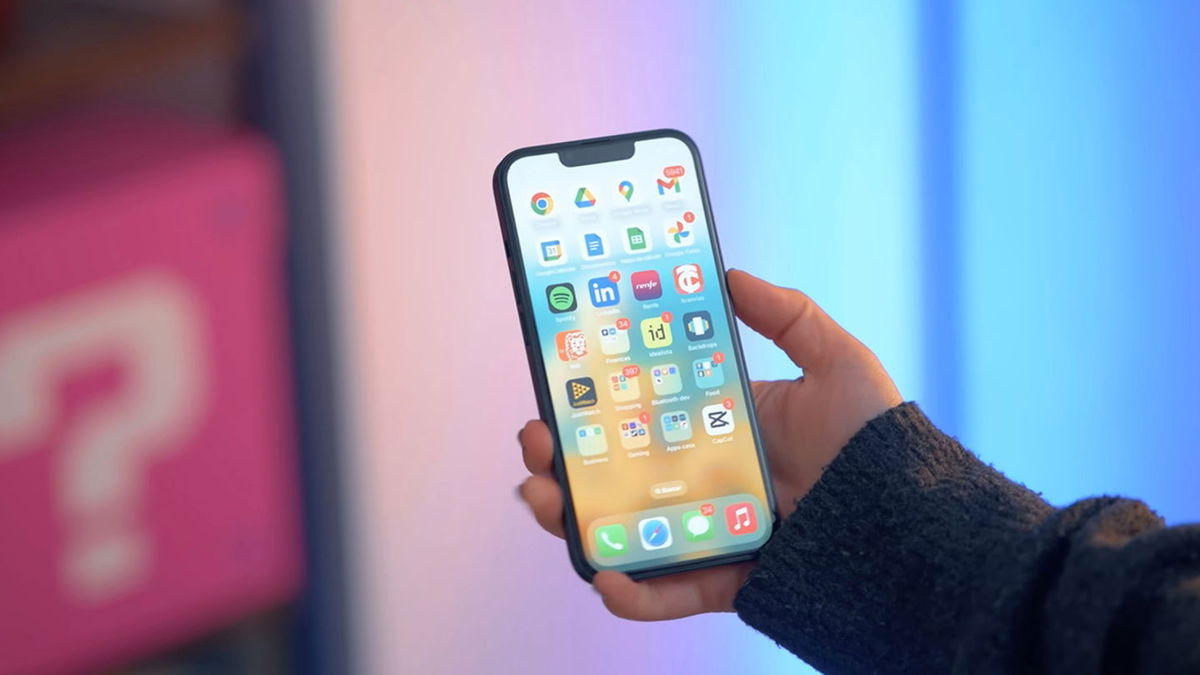The solid state qubit was stored in a multiplexed quantum memory and an active transmission scheme was also used, which maximized the teleportation rate.
The architecture used in the study is compatible with telecommunications channels, allowing future integration and scaling of quantum communication over long distances.
The researchers used two experimental setups, Alice and Bob, connected by a 1km optical fiber wound on a spool to simulate the physical distance between the parties. In the initial setup, Alice, the team used a special crystal to create two entangled photons: a first photon at 606 nm and a second photon, called an idle photon, compatible with telecommunications infrastructure. Once created, the first photon was stored in a multiplexed solid-state quantum memory, and the telecommunications photon created by Alice was sent via a 1 km optical fiber to a second experimental setup named Bob.
In this second setup, the team created a third photon and encoded the quantum bit they wanted to beam. The second and third photons interfered with each other through the so-called Bell state measurement, transmitting the information encoded in the third photon to the first photon, which was stored in Alice’s quantum memory at a distance of 1 km.
The team was able to transmit information between two photons that had never been in contact before, and connected the first photon with a third photon that was actually entangled.
Source: Ferra
I am a professional journalist and content creator with extensive experience writing for news websites. I currently work as an author at Gadget Onus, where I specialize in covering hot news topics. My written pieces have been published on some of the biggest media outlets around the world, including The Guardian and BBC News.










